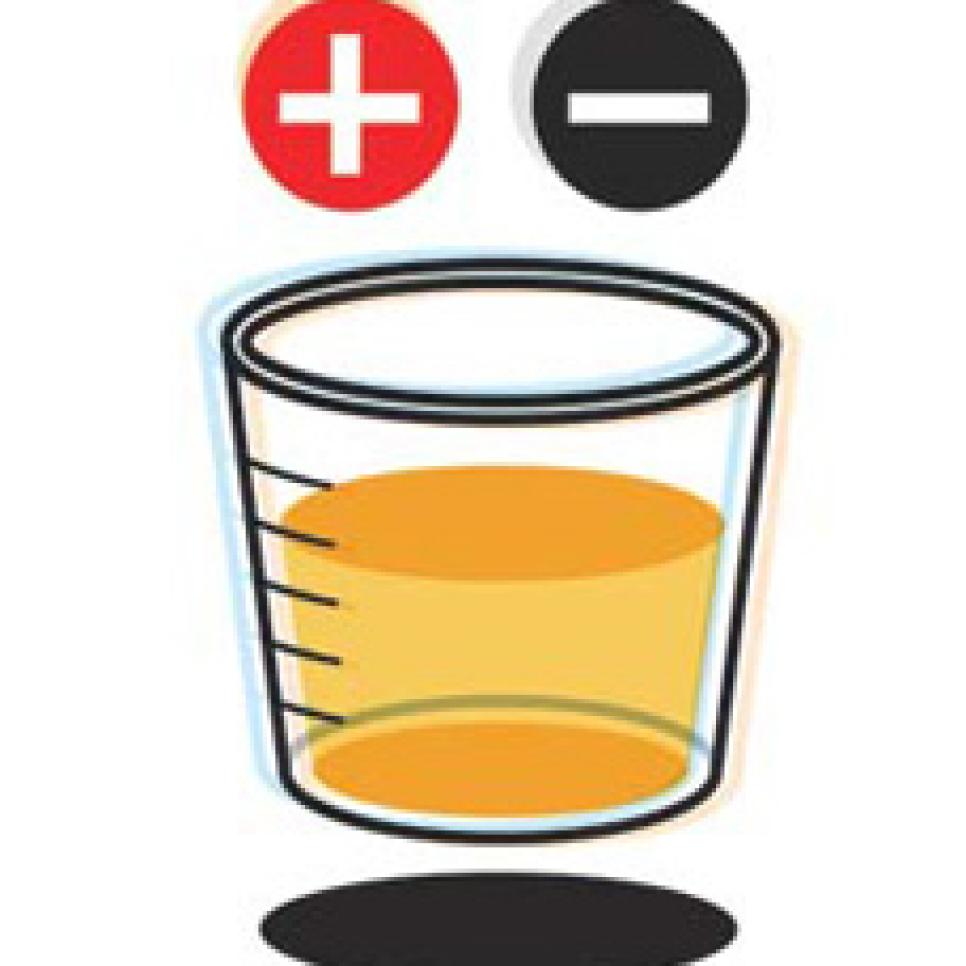Golf Tech: Steroids FAQ

Q: What's the difference between the drugs an athlete would use and the ones my doctor would prescribe?
A: In many cases, there's no difference. Many anabolic steroids are prescribed to patients trying to rebuild muscle, and human growth hormone (HGH) is widely prescribed as an anti-aging remedy.
Other types of drugs (corticosteroids like cortisol) are prescribed regularly for their anti-inflammatory abilities: to treat conditions such as respiratory problems, arthritis and rashes. Beta-blockers (like Lopressor or Inderal) are commonly prescribed for heart problems and to regulate blood pressure.
Q: Would steroids help a player who isn't working out regularly?
A: Anabolic steroids like testosterone gel wouldn't help without a training program (the result would mostly be bloating). The main benefit of these drugs is the ability to train longer and recover faster -- accelerating training gains, essentially. But people using HGH and beta-blockers can see changes from those drugs without any physical training.
Q: What about supplements like androstenedione and creatine? Are those steroids?
A: Androstenedione (known as "andro," and famous as the supplement Mark McGwire had in his locker during his 70-home-run season) is considered a "steroid precursor," meaning it promotes testosterone production in the body. You can no longer buy it in the United States, and the World Anti-Doping Agency (WADA) considers it a performance-enhancing drug. Creatine is a natural substance found in meat that promotes energy storage in the body. Athletes take creatine supplements to try to increase energy storage and delay fatigue. It isn't considered a performance-enhancing drug, but the NCAA has banned member schools from distributing it.
Q: What are the most common side effects of steroids?
A: Elevated cholesterol, edema and fertility impairment are among the side effects. "There are no completely safe drugs, prescription or otherwise," says Dr. Charles Yesalis, author of Anabolic Steroids in Sport and Exercise, "but we've been prescribing these drugs to people for more than 70 years -- at doses much, much higher than a golfer would need -- and I don't think doctors have been trying to kill people."
Q: Is there such a thing as "roid rage?"
A: Clinical studies have shown that if "roid rage" -- a spontaneous, violent outburst because of the hormonal effects of the drugs -- exists, it is rare. When professional wrestler Chris Benoit killed his wife and child and then himself in June, steroids were found in his system, but coroners said there's no consensus that the drugs had anything to do with his actions.
Q: Can you tell if somebody is using steroids just by looking at them?
A: When Ben Johnson had yellow eyes and was bursting out of his track shirt in the 100-meter final at the 1988 Olympics, you could. But golfers would need to take just a fraction of the anabolic steroids Johnson took to see improvement. For a golfer, "You're talking about 10 or 15 pounds of new, lean muscle, and somebody looking a little better in his clothes," says Yesalis.
More telling indicators are dramatic changes in a player's build in a short period of time, and a spike in statistical performance in "strength" categories like driving distance. "An adult working out very hard, who has trained in the past, would be lucky to get three pounds of new muscle mass a year," says Yesalis. "Seeing something more than that is a red flag to me. Does Tiger Woods take steroids? He was a phenom and a long hitter even as a skinny young kid. I'm a pretty suspicious guy, but Tiger's not a guy I would think of as doing them. When I see what he's done at his age and in terms of maturing into his body, fireworks don't go off in my head."
In terms of gaining strength, Yesalis says a 1 percent measurable improvement relative to peers in a year through natural methods is dramatic. "Florence Griffith-Joyner went from a mediocre sprinter to setting records our grandchildren aren't going to be able to break," Yesalis says of the late gold medalist. "That's a hard thing to explain happening naturally."
Q: Are "recreational" drugs considered performance enhancing?
A: In the Olympic code, drugs like marijuana, cocaine and heroin are banned. The LPGA has banned marijuana and cocaine but will not test for other recreational drugs.
Q: How long do steroids stay in the system?
A: That can vary from as little as a few weeks for testosterone applied as a cream to six months to a year for injected anabolic steroids like dianabol or deca-durabolin. The time varies by the size of the person taking them, the size of the dose and the time the person has been taking the drug.
Q: How come drug tests don't seem to catch all the athletes using steroids?
A: Drug tests look for specific chemical compounds that have been identified as performance enhancing by a sanctioning body like WADA. Athletes hire chemists to produce exotic steroid compounds to which the tests are essentially blind. "I strongly believe that a large majority of Olympic and world records set over the last 50 years are drug-related," says Yesalis. "Top athletes have the best experts money can buy working for them. They're not getting drugs from some guy in an alley somewhere. You'd have to be pretty foolish to get caught."
Q: What happens to athletes who stop taking steroids?
A: Most commonly, they suffer training injuries because they can't exercise at the same pace or frequency as they did while taking steroids. With long-term anabolic-steroid use, some athletes suffer severe tendon injuries because of the increased load from supporting larger, more explosive muscles.

